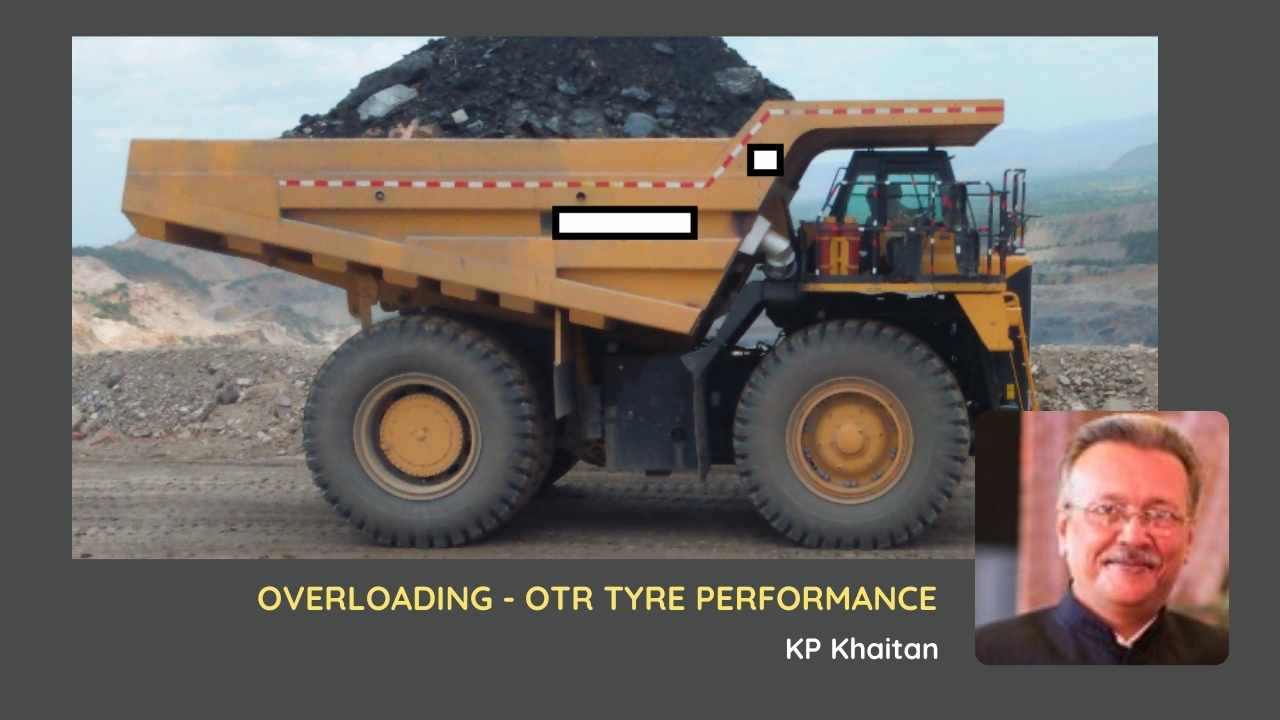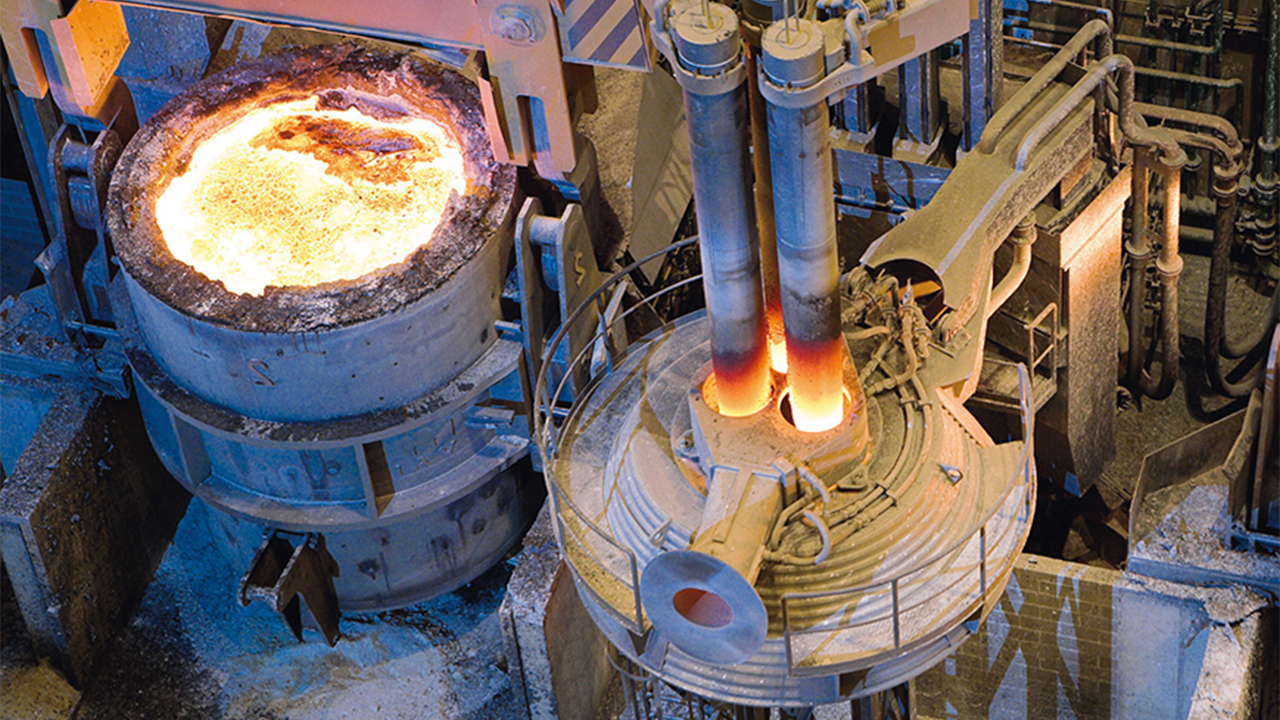Mr.KP Khaitan, Specialist in Technology based Solutions for Mine Operation, Safety and Productivity; holds a domain expertise in mining and has been a part of the mining industry for over three decades. He shares his useful knowledge on OTR tyre performance and how it can lead to a reduced tyre life.

Many mining excavation operations for removal of OB (coal) and iron ore in India are overloading dump trucks in order to increase production and perhaps profitability. Overloading leads to enhanced maintenance cost and increased downtime. The # 1 impact is on tyre performance since it leads to reduced tyre life and increased maintenance costs & downtime etc.
Here are some factors that need close consideration in order to find equilibrium:
1. AVOID OVERLOADING FOR THE SAKE OF IT –
Loading time will increase when we are overloading especially if the bulk density (BD) is lower. It is entirely possible dumper queue formation may be occurring from time to time or frequently at loading faces due to excess loading time. It would be better to reduce the extent of overloading to a more manageable level if such is the scenario. So if the overloading intent is say ~12 to 15%, suggest reducing the overloading target to ~6 to 8% with 1 full or about half bucket less loading on dump trucks than earlier loading practice. This will improve loading time dramatically since the last bucket always takes the longest time to fill the dumper. The operational productivity will increase when the dump truck waiting time and loading time is reduced. Also, once the extent of overloading is reduced to a somewhat manageable level, the impact on maintenance and downtime will be reduced substantially.
2. SPILLAGE AND ROLLING RESISTANCE –
Also Spillage will be substantially reduced as 1 full or half bucket less is loaded. Spillage increases safety risks and increases occurrences of tyre cuts at loading faces, haul roads and dumping locations. While spillage is typically less of an issue at iron ore mines due to higher BD, it is a common issue at most operations where overburden and ore BD is lower. Use of side extensions - only if bulk density is lower for your OB or ores. It is an established fact that even 1% increase in RR leads to reduced wheel group life by ~24%. So keep loading faces, haul roads and dumping locations clean with dozing and grading.
3. CLOSELY MONITOR AND MANAGE YOUR TYRE PRESSURE –
The major factors which influence tyre performance include haul road, load, speed and pressure. Even with reduced overloading, well considered inflation Baseline and Maximum allowable operating pressure for hot tyres ought to be monitored at all times and managed when necessary. Both under-inflation and over inflation needs to be avoided. Role of TPMS is well established for tyre performance management. All this is assuming that OTR tyres have a suitable TKPH rating for the operation. Other safety and maintenance practices like walk around inspection of tyres and such are important during shift change.
Each mine is unique and its operational challenges and opportunities differ from others. Specific strategy needs to be discussed with the operations and maintenance team for superior results. Of-course, tyre manufacturers’ inputs will also be required.
This above picture is from a mine operation before a tailored specific loading strategy along with a tyre performance management program was implemented. It required a team effort & resulted in substantial and sustainable improvement in tyre performance with increased productivity.
NEWSLETTER
TRENDING ON PRO MFG
MORE FROM THE SECTION









